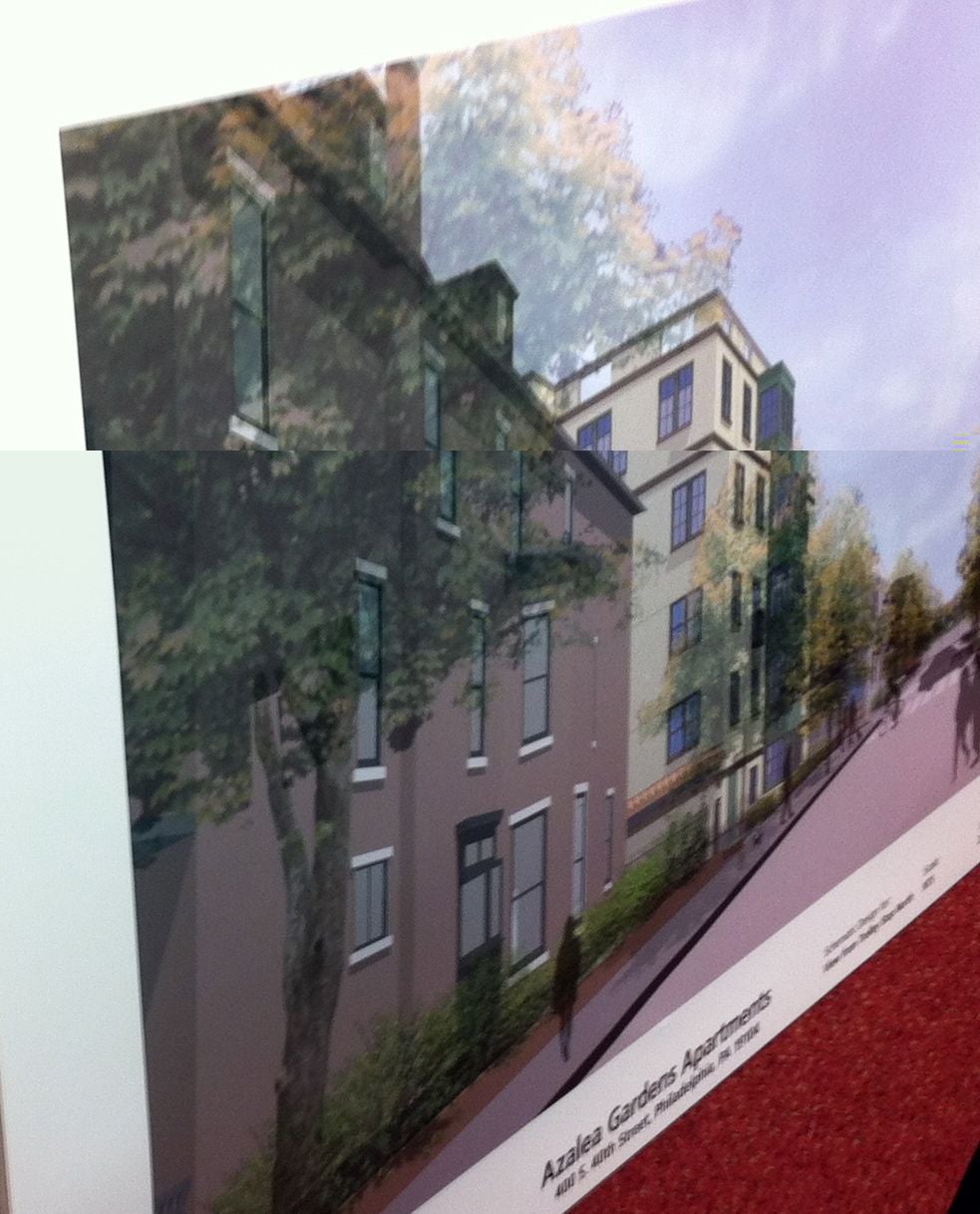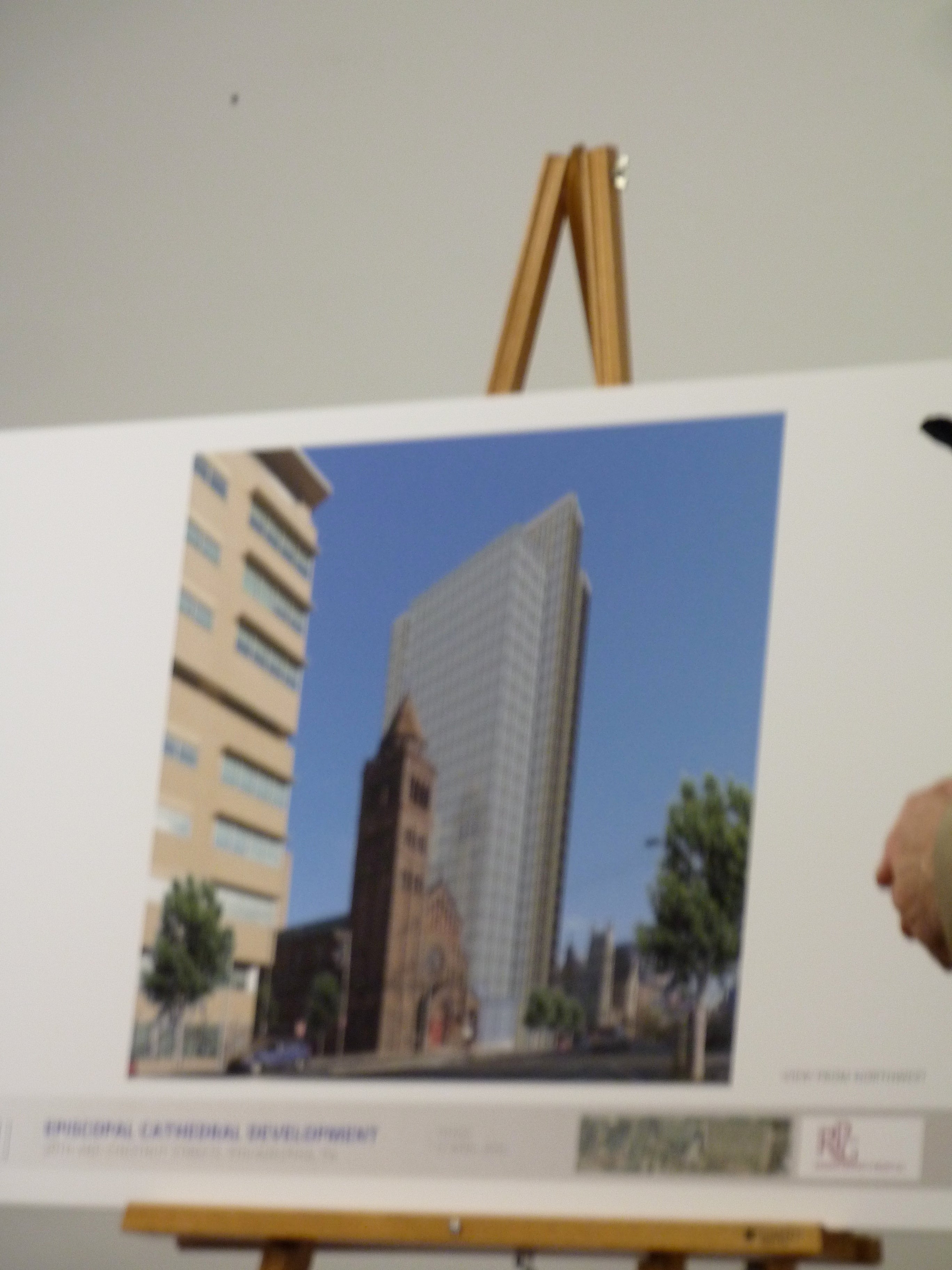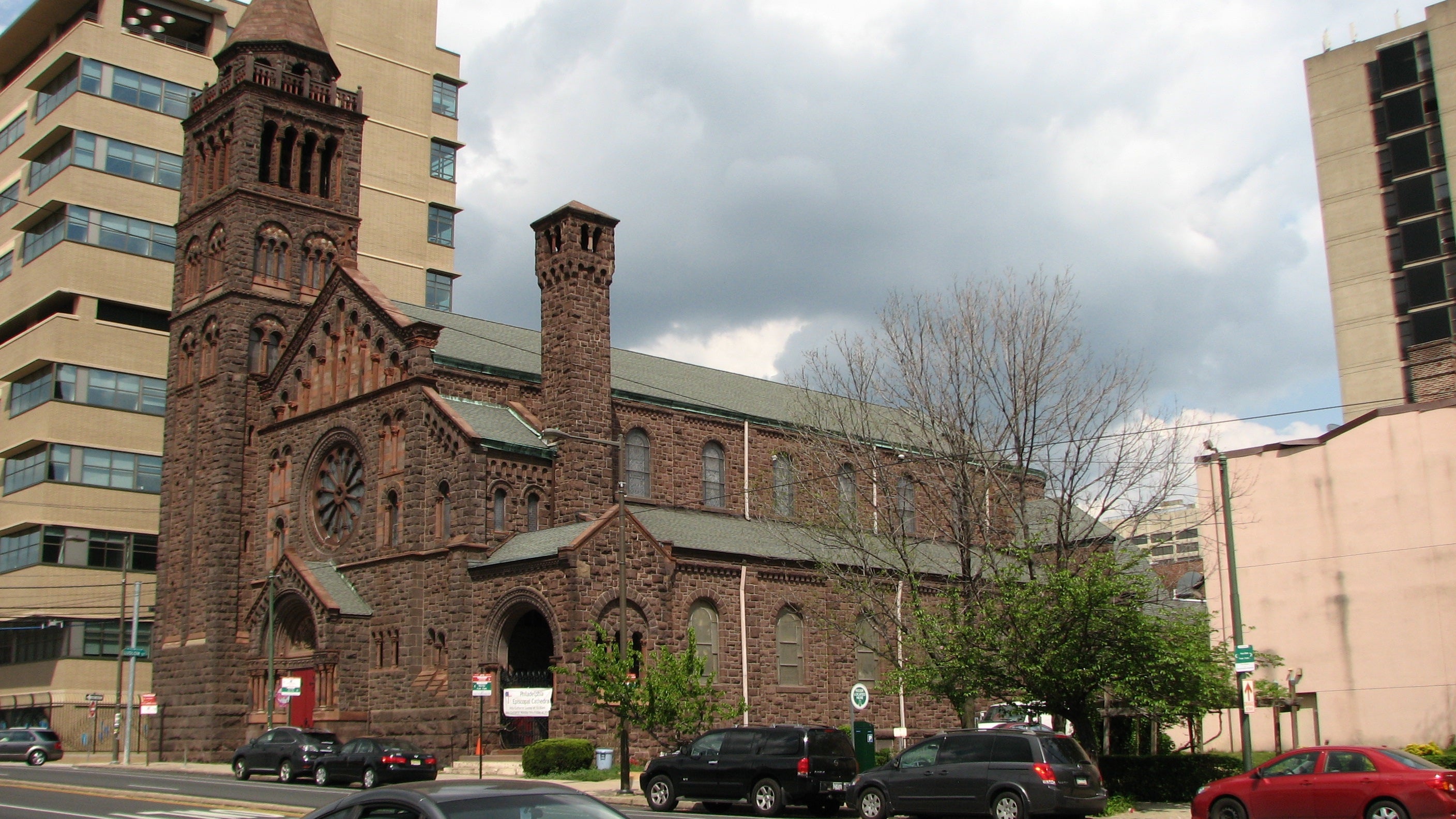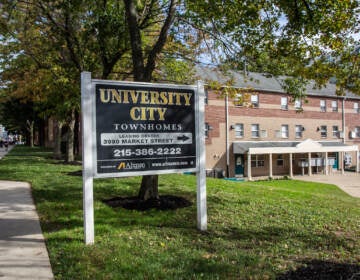Historical Commission committees review two proposed demolitions
Today’s back-to-back meetings of two committees of the Philadelphia Historical Commission reviewed two complicated projects that are seeking approval for demolitions of historic structures in West Philadelphia.
At a meeting of the Committee on Financial Hardship, a panel of four — Sam Sherman, Jr., Dominique Hawkins, and JoAnn Jones, all of whom sit on the Historical Commission, and John Haak — listened to a request for approval to demolish an individually designated 1853 house on University of Pennsylvania property to be developed by Azalea Garden Partners, LP.
The project to restore the house and erect a new 7-story apartment building (that plan has been steadily opposed by neighbors) received conceptual approval from the Commission last Fall.
In February, the Spruce Hill Community Association Zoning committee and SHCA’s board unanimously agreed that demolition of the mansion currently on the property is the only way to make redevelopment for graduate housing (the developer’s plan) that will be neighborhood-friendly (i.e. of mass and scale that fits the residential nature of that area) feasible. The zoning committee has made a public commitment to the building being no more than 5 stories.
Since then, the University, which owns the house, has determined that it is not financially feasible to restore it — citing costs estimated at $4.3 million — and thus its developers have deemed its demolition makes the most sense.
Architects Atkin Olshin Schade have come forward with reworked drawings that bring the new construction down to 5 stories and offer 122 units, the great majority of them studio apartments. Some of the design elements that the Architectural Committee previously objected to have been reconsidered, but other elements like a green roof, Juliet balconies and a pebble-dash stucco cladding, remain.
Considerations at this meeting centered on whether or not a sale of the house had been properly considered and if such a sale was “impracticable.”
As in the past, a coterie of neighbors — including former Commission executive director, Richard Tyler — came forward to denounce the project — and to question whether such a wealthy institution as Penn could rightly plead “hardship.” (Current Commission executive director Jonathan Farnham repeatedly pointed out that that was irrelevant.)
An initial motion opined that the owners had made insufficient attempts to market and sell the house, but failed to pass. A subsequent motion, stating that such a sale would’ve been impracticable, did pass, with Jones, the lone holdout.
Next, the Architectural Committee began its regularly scheduled meeting by turning to this case. Hawkins and Farnham brought members up to speed, emphasized that the applicants had agreed not to begin demolition until all approvals and financing was in place, and suggested that this panel concern itself with questions about the new building, not the old one.
Committee members considered the building’s massing and how it fit into its block of porch-fronted homes. With the suggestion that the applicants give some further thought to these considerations, they unanimously recommended conceptual approval of the new building.
The Committee next turned its attention to an already-controversial proposal by the Philadelphia Episcopal Cathedral, at 38th and Chestnut, to demolish two individually registered 19th-century brownstone buildings in order to build a 25-story tower.
Reverend Judith Sullivan, the Dean of the Cathedral, testified that administrators want to preserve the “jewel” that is the Cathedral but find themselves without the financial means to do so. The building’s tower is in desperate need of repair, the applicants said. It was never made clear how demolishing the buildings would help, but since this was not a financial hardship plea, an emphasis was placed on the importance of saving the church as vital to the public interest.
Additionally, in moving forward with the new development, representatives said, the church would be able to provide additional amenities, such as a cloister and prayer labyrinth.
In making the case for demolition and new construction, the applicants stressed that the two brownstones not be considered as one with the Cathedral.
The five Committee members present — Nan Gutterman, Suzanne Pentz, John Cluver, Dan McCubrey, and Hawkins — briefly batted around notions of financial hardship and public interest, before considering the idea of demolition and unanimously agreeing that the designated historic properties should not be demolished.
They then turned their attention to more in-depth design considerations concerning the proposed tower by BLT Architects
Before leaving for the afternoon, Culver questioned the idea of the “glass tower as being reflective of the resource,” as the architect contended, and their reliance on buildings that turn their back on the street, such as International House, for contextual support, calling such contentions “fallacious.”
The other members also spoke of how the design’s key components — its mass next to the Cathedral and its tower, and a glassed-in atrium that would connect it to the historic structure — troubled them.
Ben Leech, of the Preservation Alliance, seconded these concerns. The first motion, to deny the request for conceptual approval, was unanimously passed, with members stressing that the design’s massing, connection to the church, presence on the site, materials, and scale all be reconsidered.
In addition, Pentz issued a statement for the record, that the Committee advises the Commission that it does not regard as sufficient the applicant’s evidence that the demolition is necessary in the first place to serve the public interest.
Contact the reporter at jgreco@planphilly.com and follow her on Twitter @joanngreco
WHYY is your source for fact-based, in-depth journalism and information. As a nonprofit organization, we rely on financial support from readers like you. Please give today.







